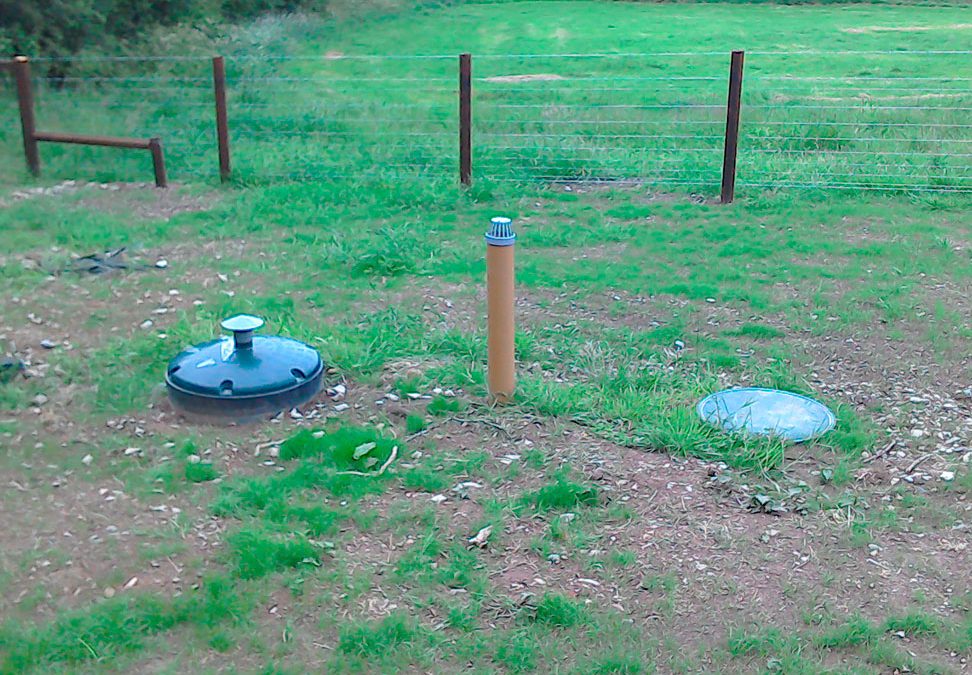Considering the type of waste water treatment tank for your property or business is a big decision. With increasing awareness of the environmental impact of plastic, concrete tanks are becoming ever more popular due to their more favourable longterm sustainability.
What is Sustainability
Sustainability is defined as development that meets the needs of the present without compromising the ability of future generations to meet their own needs. (Bruntland, UN, 1987). As such, it is important that long term sustainable choices are made when choosing materials for septic tanks. This means choosing a solution which lasts as long as possible and also has the least environmental impact and makes the greatest lifecycle contribution. Whilst plastic tanks do have their place in construction in sites where it is difficult to get heavy machinery or crane access concrete tanks are becoming more popular due to their higher longterm environmental sustainability.
Structural Fragility of Plastic
A big disadvantage with plastic waste water tanks is that by its very nature, plastic is structurally more fragile than concrete and therefore has a higher failure rate by comparison. Plastic treatment tanks are also easily damaged during installation, particularly if installed incorrectly. For example, if the tank is incorrectly covered by layers of soil or clay rather than porous material, this can become very heavy when waterlogged, the pressure on the tank can be immense and over time can lead to deformation and failure. Moreover, plastic is so light, it can float if there is a rise in the water table which may also lead to structural shift, deformation and rupture.
Higher Pollution Risk With Plastic Treatment Tanks
The use of plastic tanks is more likely to lead to a serious pollution event which may go undetected for months and even years where untreated waste water is left to seep uncontrollably into the surrounding groundwater area doing untold environmental damage. With a life expectancy of between just 10-15 years, replacing your failed plastic tank can be a very messy and disruptive process. Replacing your tank with another plastic tank can mean that you are destined to keep replacing every 15 years and the lifetime sustainability of your tank will be lowered.
40 year structural warranty
Concrete waste water treatment tanks are a much more viable option than plastic treatment tanks due to their 40-year structural warranty. This means that when you install a concrete tank in your home or business, you will do so safe in the knowledge that your tank will last at least 40 years and very likely much longer. Moreover, your tank solution will be much more environmentally sustainable and will reduce the need to dig up your garden every 10-15 years. A concrete tank also reduces the likelihood of
Concrete Tanks – Low Life Cycle Energy
In comparison with plastic tanks, concrete waste treatment tanks are much more structurally robust. Also given that they are set into the ground space will not shift or move regardless of the groundwater movement and as such they last much longer. Embodied energy – the energy involved in the production process of a material, from the mining and processing of natural resources to manufacturing, transport and product delivery- only occurs but is an important measure of sustainability to factor into your choice of materials. Concrete is a much more environmentally sustainable option because by its very nature it has a lower embodied energy than plastic and doesn’t rely on the use of finite fossil fuels such as oil to produce. This means a concrete tank, requires less initial energy to produce than a plastic tank and it simply lasts longer into the bargain which is a win win. Concrete not only wins hands down over plastic for low levels of embodied energy but also when it comes to sustainability and value for money. So, by choosing a concrete waste water treatment tank from Turley Treatment Tanks you’ll not only help to save and protect the planet, but you’ll also reduce your own lifetime costs overall by reducing replacement requirements which is always a major incentive when deciding on waste treatment solutions.


